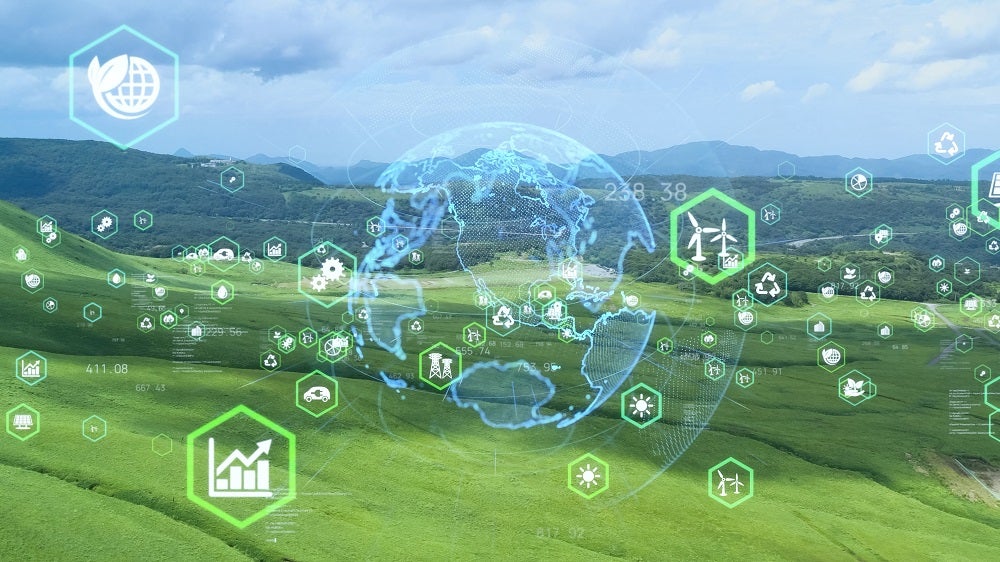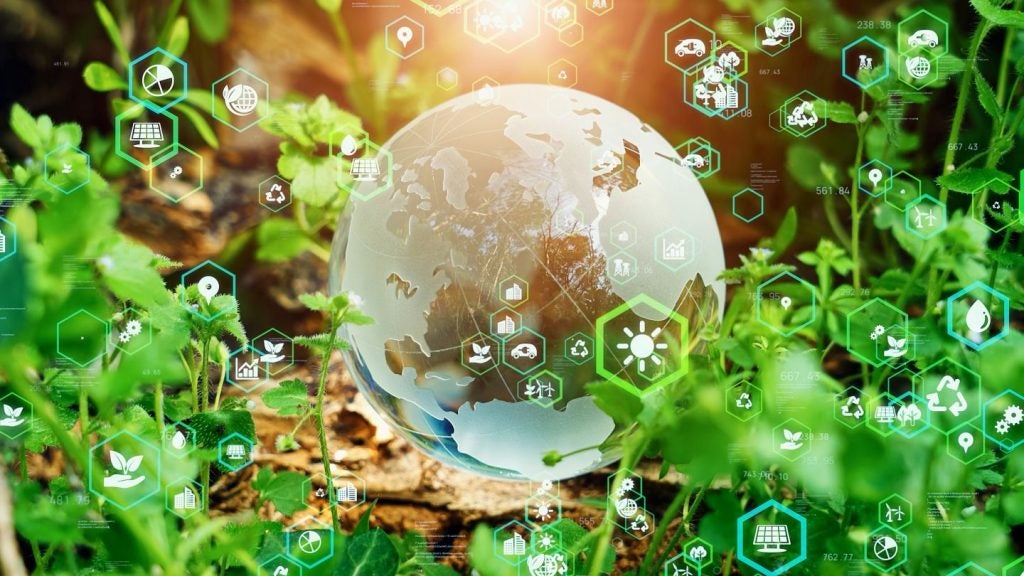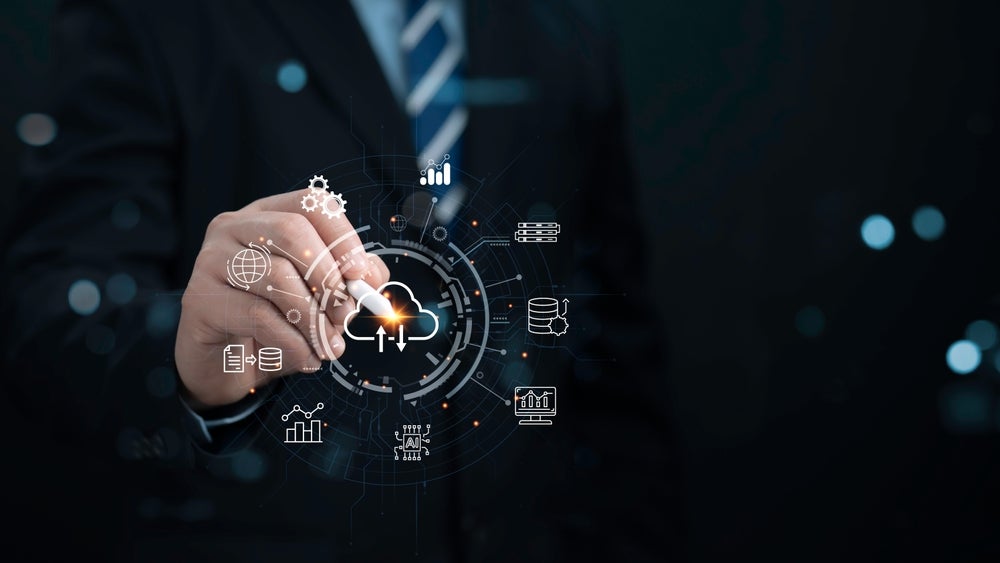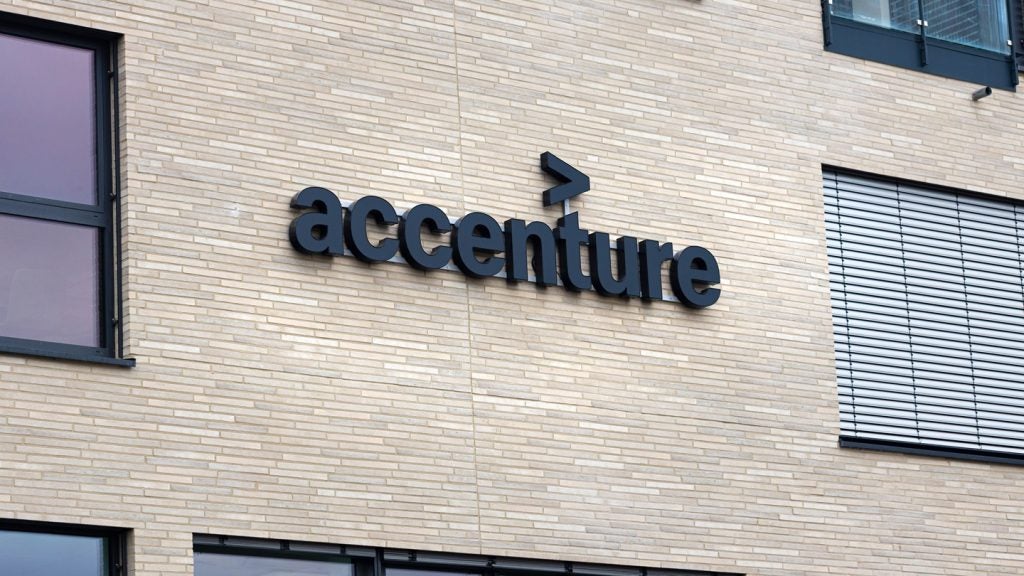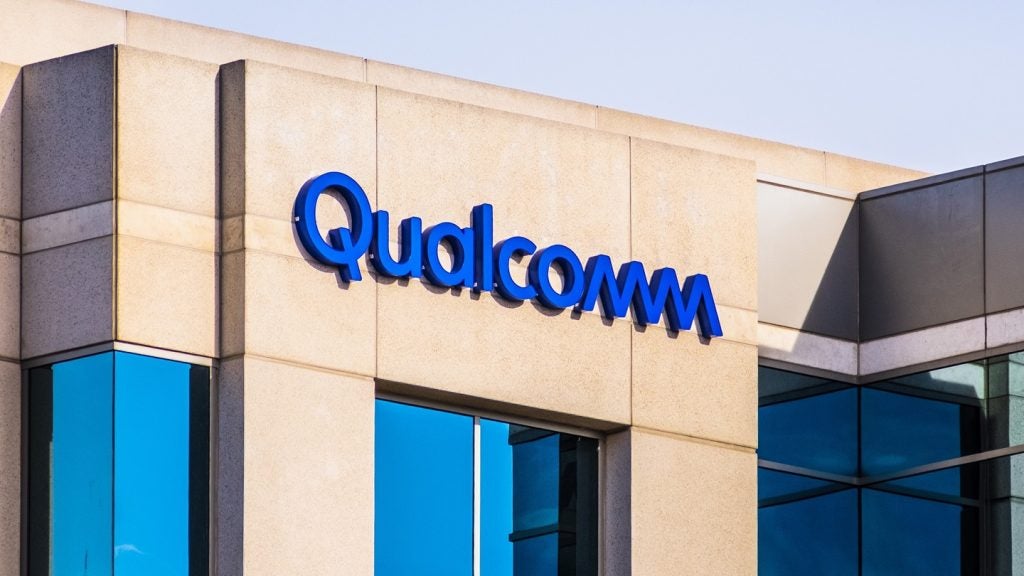Environmental Social and Governance (ESG) initiatives have become important marketing tools and proof points of credibility for enterprise IT and communication services providers. Providers also hope to leverage these initiatives as revenue generators. While IoT contributes solutions to help with many ESG concerns, its role in measuring, monitoring and control of environmental conditions and parameters is particularly relevant. IoT service providers are continuing to develop and extend these capabilities to position themselves as worthy stewards of the planet.
ESG has never been as important as it is today, at a time when our health continues to be threatened by a global pandemic, and the world faces drastic disruption due to climate change. Service providers that offer IoT solutions, as well as their network equipment and software vendor partners, are adding ESG messaging into many of their offerings, as each is intent on proving its worth as contributors to the common good. While the ‘S’ and ‘G’ aspects of solutions are extremely important, the environmental contributions should be especially key to the positioning of service providers that may still struggle to monetize their IoT portfolios. This is because measuring, monitoring and control of environmental parameters has always been a key benefit and use case driver for IoT. Some of the many types of IoT use cases that contribute to environmental ‘health’ include:
- Utility solutions: automated meter reading, optimization of energy and water generation and distribution to keep up with demand, home and business energy management, automated real-time smart grid operations, collection and analysis of energy usage statistics, locating new sources of renewable energy, predictive maintenance for utility equipment, and workplace safety for utility workers.
- Smart Cities/Communities: agricultural irrigation, wastewater management, automated LED lighting, traffic congestion, air and water quality control, flood management, smart energy-efficient buildings.
- Disaster Management: flood visibility and response, disaster prediction, monitoring, and management (earthquakes, storms, tsunamis, avalanches, and landslides), wildfire response coordination, collection and analysis of data from humidity, temperature, vibration, and pressure sensors, disaster relief team collaboration.
- Food Supply: agriculture management (irrigation, produce and livestock disease prevention), food supply chain optimization (production, processing, distribution, consumption and disposal), cold chain optimization to measure and adjust parameters to avoid breaches in threshold levels of humidity and temperature in warehouses and trailers.
Recent examples of environmental sustainability solutions disclosed by service providers include:
- SAS Analytics and Semtech’s alliance using LoRaWAN IoT for flood preparedness and response features flood predictions and real-time visibility, combining weather data and solar-powered sensors to measure height, depth and flow of water bodies. It provides situational awareness to streamline and automate response. Microsoft is also a partner for this solution, as it uses the Azure IoT Hub and analytics applications. The partners have also developed a food supply application, which optimizes livestock health.
- Vodafone Germany and Westenergie, Germany’s largest regional energy service and infrastructure provider, deployed IoT to distribute green electricity intelligently and use it as efficiently as possible. Around 1,000 renewable energy systems were equipped with Vodafone SIM cards to enable the collection of information about their power generation. In addition, IoT connectivity was provided to other assets, such as substations, home energy systems, and electric vehicle charging points for monitoring, visibility and control.
- West Springfield Massachusetts deployed Verizon’s cellular-based Grid Wide Intelligent Lighting solution, which attaches a lighting control node integrated with Verizon’s 4G LTE network to connect LED streetlamps to a cloud-based central management system (CMS). The Verizon Grid Wide Intelligent Lighting solution uses the system to control the town’s networked lighting. The service allows the city to schedule lighting throughout the town, and dim or increase lighting when necessary. The system can identify outages and pinpoint specific lights that need attention.
- AT&T helped enhance Siemens’ eMobility solutions when it launched the next generation of its VersiCharge AC series electric vehicle charging stations for commercial and residential use. Siemens needed a dependable way to update the chargers’ software, process financial transactions, and monitor the equipment. AT&T’s Global SIM-enabled proactive dispatch of station repair technicians, processing of financial transactions, and monitoring of the efficiency of each charging station. The solution delivered connectivity and flexibility without large capital expenditures, also sending data on power consumption to the cloud for storage and analysis.
While these solutions involve elements from multiple partners, there is a revenue opportunity for all of the companies involved. As our global environmental problems escalate, the positioning of IoT as a key driver of enhanced environmental sustainability is increasingly relevant.

US Tariffs are shifting - will you react or anticipate?
Don’t let policy changes catch you off guard. Stay proactive with real-time data and expert analysis.
By GlobalData

